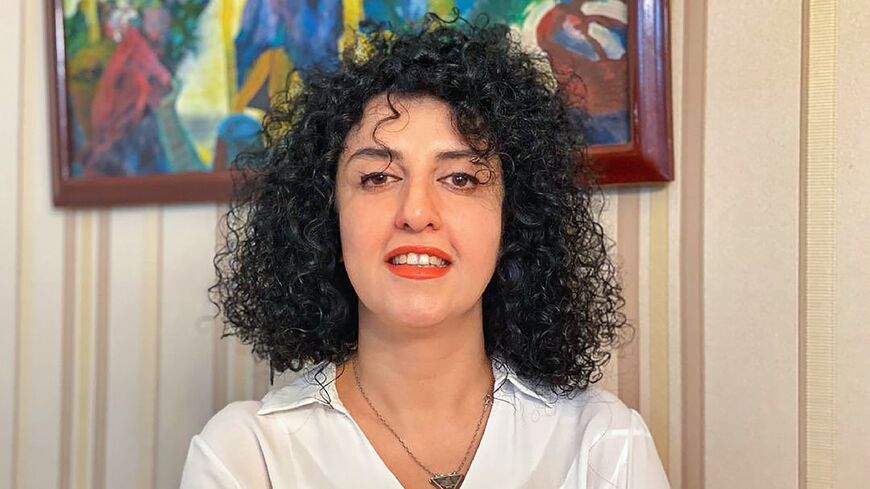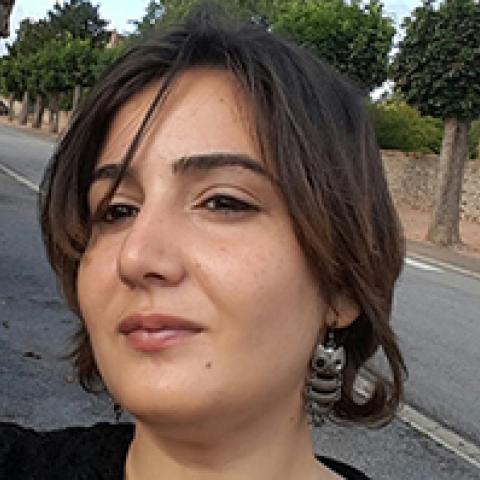Tehran police averse to poetry billboards campaign

Hundreds of billboards featuring evocative poems which have been installed around the Iranian capital are contributing to an increase in road accidents, police were cited on Monday as saying.
Tehran municipality has put up some 600 billboards displaying excerpts from the work of contemporary Iranian poets on overhead pedestrian bridges and flyovers across the city.
The neat calligraphy features the work of 104 poets and covers multiple topics including romance, religion and society.
Prominent writers including Nima Yooshij, Mehdi Akhavan-Sales and Hushang Ebtehaj are among those whose poems are showcased.
However, a report by the state television-linked Young Journalists Club agency released on Monday said police in the capital were concerned about the road safety aspects of the campaign.
The YCJ report said the poems have been a source of distraction to drivers in the traffic-choked city because of their length and often "hard-to-read text" which "causes accidents".
Iranians are known for their love of poetry, a key component of Persian literature and culture.
"Billboards around the city should be short and concise, and able to convey the message with just a short glance by the driver," the YCJ agency quoted Tehran's deputy traffic police chief Ehsan Momeni as saying.
"This type of lengthy text does not conform to the standard and causes accidents."
While hailing the poetry initiative as "valuable", a Tehran municipality official acknowledged that it would be "preferable to shorten the poems, as advised by the police".
Another official, Reza Sayyadi, said there were "no specific instructions on what constitutes the standard for urban billboards", but said he hopes the poetry billboards "do not cause accidents".
The campaign has also drawn criticism from conservatives for displaying a portrait of feminist poet Forugh Farrokhzad, known for her explicitly erotic work, who is shown not wearing a headscarf.
Wearing a hijab covering the head and the neck has been compulsory for women in Iran since shortly after the 1979 Islamic revolution.
Municipality spokesperson Alireza Nadali said it had been impossible to find a portrait of Farrokhzad wearing a hijab, who died in 1967 at the age of 32.
Ironically, she died in a car accident.






